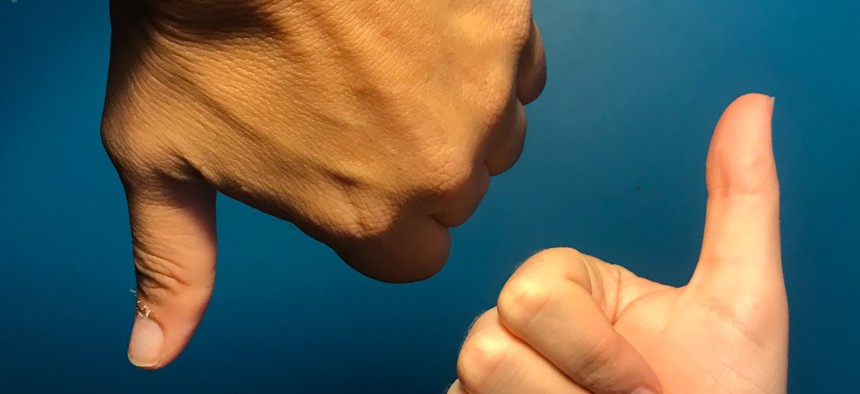Giving USA's report sends mixed messages
Charitable giving reached an all-time high in 2017, according to Giving USA’s recently-released 2018 Annual Report on Philanthropy for the Year 2017.

Not all nonprofits are getting a share of record fundraising. Zach Williams
Charitable giving reached an all-time high in 2017, according to Giving USA’s recently-released 2018 Annual Report on Philanthropy for the Year 2017. This should be cause to celebrate, but it may not be the good news it appears to be for cash-strapped nonprofits.
Donations to foundations saw the most growth with an increase of 13.1 percent after adjusting for inflation, according to Giving USA’s press release on the report. However foundations are only required to approve grants totaling five percent of their investable assets each year – meaning this growth will trickle to nonprofits in fairly slow increments.
Donations to donor-advisor funds have grown consistently over the last few years and saw significant growth in 2017 as well. Giving to public-society benefit corporations, which includes donor-advised funds, increased by 5.5 percent.
However, while a donor who forms a DAF receives an immediate tax break, there is no mandated timeline for when money held in DAFs has to be disbursed to grantees. This distribution scheme also presents a problem for nonprofits who could use the infusion of cash from those increased donations now.
For example, nonprofits in New York City are in a particularly challenging fiscal situation. A 2016 Human Services Council report found 18 percent of human services agencies are operating at insolvency rates; 60 percent are financially distressed with no cash reserves and 90 percent of funding for human services nonprofits comes from government sources, but government contracts regularly pay 80 cents on the dollar of actual program costs.
Nonetheless, Giving USA’s report found giving to U.S. charities by American individuals, bequests, foundations and corporations reached $410 billion, increasing by just over five percent from 2016 – and for the first time, crossing the $400 billion mark for giving within a single year. The report tracks giving to nine different types of recipient organizations and eight of those saw increases, according to the press release.
Giving USA has presented data on charitable giving for over 60 years. The report is an initiative of Giving USA Foundation that is prepared by the Lilly Family School of Philanthropy. Patrick Rooney, executive associate dean for academic affairs and research at the school, and a professor of economics and philanthropic studies, acknowledges that the increased donations to DAFs does represent a “slowing down” of funds. But he does not see it as a complete loss for nonprofits. Rooney was a panelist on a recent webinar about the report hosted by Ruth McCambridge, editor-in-chief of the Nonprofit Quarterly.
“As a fundraiser, I would say we would all prefer that those dollars come in to our programmatic accounts directly,” Rooney said during the webinar. “On the other hand, some donors are creating or enhancing a private foundation (using DAFs), and those are permanent commitments to philanthropy.”
Aggie Sweeney, chair of Giving USA Foundation, said during the webinar that she thinks payouts from DAFs can help provide a buffer for nonprofits during years when the economy is not as strong. But that doesn’t alleviate nonprofit service providers’ current needs.
“At least twelve percent of giving in 2017 did not go out to nonprofits providing direct services. I’m concerned about it,” said Sweeney.
As far as DAFs are concerned, “It’s a tax-levelling mechanism for a donor,” Judy Levine, executive director of Cause Effective, told New York Nonprofit Media. “But it doesn’t have much relevancy to a nonprofit.”
The report also noted that individual household donations have actually decreased, and McCambridge suggested during the webinar that may have something to do with rising levels of income inequality. However, with 70 percent of all charitable giving in 2017 still coming from individuals, Levine thinks nonprofits should focus on cultivating those donors.
“It’s only a skip and a hop from a fan to funder,” says Levine. “Find those potential fans, and the rest will follow from there.”
